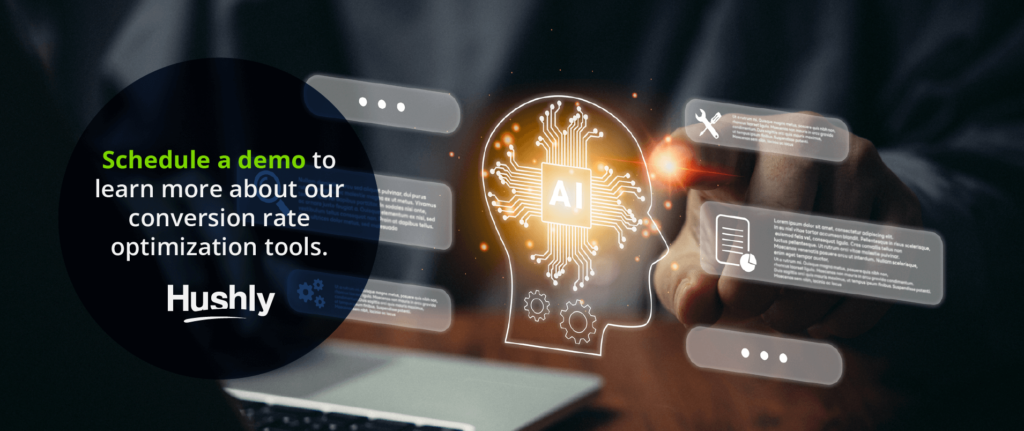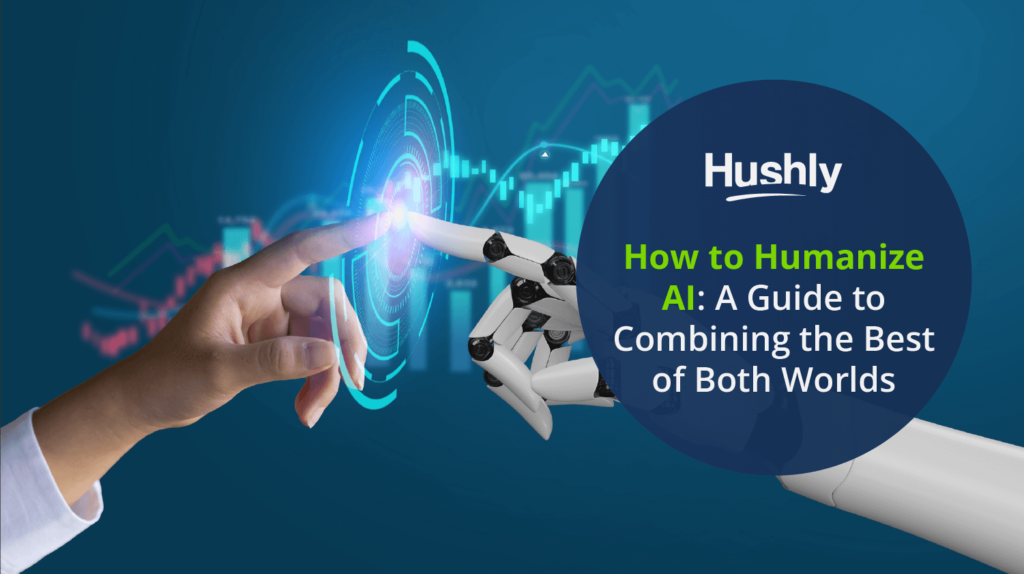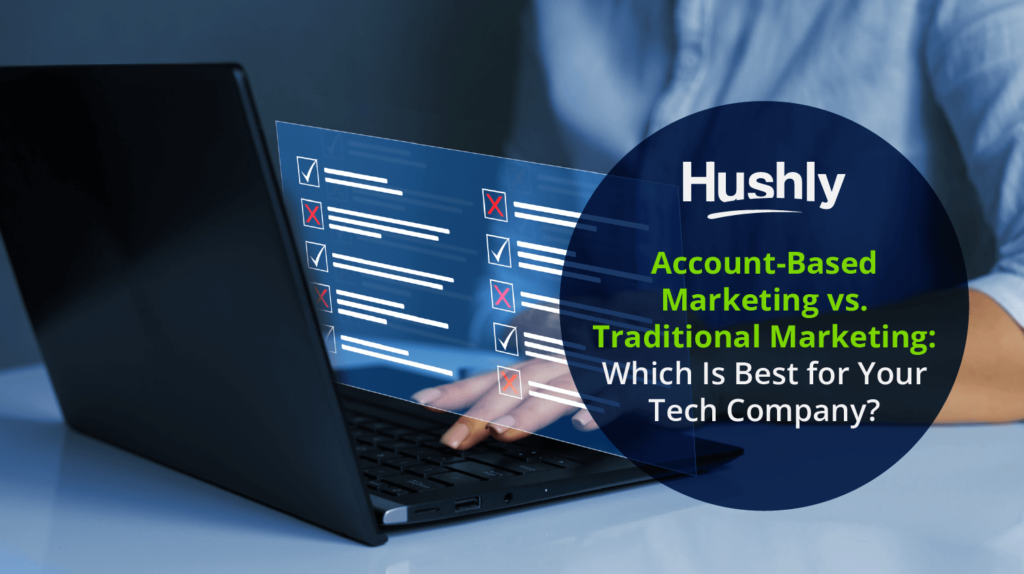Filters
Content Type
Topic
Why Your Tech Company Needs AI Conversion Rate Optimization
Being an intuitive marketer means knowing when to work harder and when to work smarter. Conversion rate optimization is one area where working smarter yields greater rewards.
We all have human limitations. When we work within our limited capabilities, we also restrict our business’s growth.
AI conversion rate optimization pushes conversion rates beyond your human limitations, allowing you to accomplish more with what you already have. You not only don’t need to work harder, but you free up more time for high-value tasks while increasing your conversion rates.
Explore what AI conversion rate optimization is and why it’s the crucial piece you’re missing from your innovative marketing strategy.
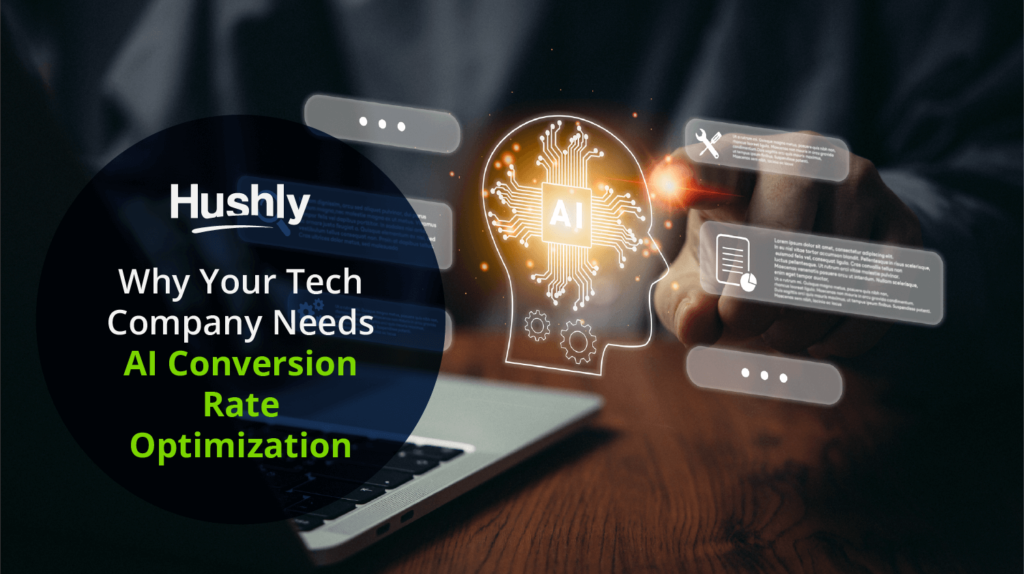
What Is Conversion Rate Optimization?
Conversion rate optimization (CRO) is the process and strategy for creating digital content built for conversion. Conversion is when your traffic takes a desired action.
You calculate your conversion rate by dividing your total conversions by total traffic. You express the number as a percentage.
For example, if 100 visitors landed on your page and 10 out of the 100 signed up for your webinar, your landing page has a 10% conversion rate.
Tech companies use CRO to evaluate how successful their online strategies are.
What Is AI for Conversion Rate Optimization, and How Can It Benefit You?
Conversion rate optimization relies heavily on understanding how your audience will respond to your marketing.
Will they fill in a form? Does the content entice the reader? Does the CTA button stand out enough?
You must answer these questions to optimize your content for conversions.
But, there seems to be a missing piece of the puzzle since only 22% of companies are satisfied with their rates. Is there a way to increase your conversion rates?
Conversion rate optimization AI adds that extra level of understanding to your strategies. Instead of learning through trial and error or observation, AI uses machine learning and automation to dive into the minds of your audience.
It gleans crucial information you need to craft strategies around customers and their needs. It then helps you carry out those CRO strategies. Tech businesses that use account-based marketing will benefit most from AI as it provides the invaluable insights ABM needs for you to be successful as your hyper-personalization strategies.
Here are just a few snapshots of how AI fuels CRO:
- Personalize at Scale: Use AI to analyze large datasets, allowing you to create highly personalized user experiences.
- Use Predictive Analytics for Decision-Making: AI will enable you to analyze behaviors to predict future outcomes and behaviors, helping you make more informed decisions.
- Incorporate Dynamic Content Delivery: Deliver the content your users want to see by using AI to adjust content delivery based on user interactions.
- Analyze Behaviors: Analyze user behaviors to understand how users interact with content so you can optimize user journeys.
- Automate Testing: AI algorithms quickly analyze test variations to determine the most effective elements for conversion.
- Implement Real-Time Engagement: Engage with users in real time using human-like chatbots and in-content assistance.
- Improve Lead Scoring: Improve the accuracy of your lead scoring by incorporating dozens of new data points AI could uncover and analyze.
How to Use AI for CRO in Tech Marketing
While all those benefits of AI CRO sound inviting, they don’t occur overnight. They require a careful step-by-step process to set up your AI to work for you.
How do you optimize conversion rate using AI?
Start with these five steps:
Step 1: Identify Key Conversion Metrics
What does a conversion mean to you?
Before optimizing for conversions, you need to define what conversions you want to accomplish. Then, establish key performance indicators for measuring conversion rates.
For example, if you aim to increase the number of people who sign up for your product demo, you might use the number of sign-ups as your performance metric.
Once you choose a metric, establish a benchmark. This is your conversion goal. You might base it on past performance, competitors’ accomplishments, or industry standards.
Use this benchmark to define whether you have successful conversion rate optimization. It will guide you on where to use your CRO AI tool to help you hit your marketing goals.
Step 2: Integrate Data
AI thrives when there’s plenty of data to work with. The more data you feed AI, the more accurate it will be.
For your CRO AI tools to be most effective, you must also identify data sources to collect information that your AI tool can use.
For example, Hushly’s customization option uses data from user behavior. When users download content or view blog posts, AI analyzes that data to suggest similar content.
The data isn’t just for AI. Your entire marketing team can tap into those insights to aid in further conversion rate optimization.
Step 3: Personalize Your Strategies
One of AI’s greatest strengths is its ability to endlessly customize options.
For example, a graphic designer can create one image and then ask AI to adjust the colors to limitless possibilities, allowing the graphic designer to develop countless photos with the click of a button.
CRO can also customize content experiences with a simple click.
Each person is unique, and offering a unique experience ensures visitors see what will resonate most with them, increasing their chances of converting. To use this feature, go into your AI tool’s settings to establish filters and customization rules so you can target your audience.
Step 4: Continuously Optimize Your Strategies
Trends change regularly, and customer activity shifts along with that change.
While AI does allow you to automate your CRO tools, it does require regular audits.
You want to check its performance and the tasks you have it performing.
For instance, you may set up an email automation campaign, but is it still hitting your conversion benchmarks?
If your CRO tool isn’t performing how you’d like it to, it’s time to refresh the strategy.
You should also regularly perform tests to ensure your chosen strategies are the best. For example, you might test several email subject line variations before settling on the one you will use in your email automation campaign.
By simply testing your landing pages, you can increase your conversion rates by up to 12%.
Step 5: Map the User’s Journey
A customer journey map, or user journey map, outlines the process and steps someone goes through in a sales cycle.
In this case, it’s the steps a lead takes before converting.
Having a map benefits you and helps you make the best use of your AI tools.
A map should list each touchpoint, the user’s actions, feelings, and the outcomes. It should also outline the user’s demographics.
Looking at the map should tell you what motivated the user to take the next step, but it can also help you identify what might have discouraged them along the way and caused them to lose interest.
Use your map to create an automated flow since you understand the natural next steps of users. Also, use the map to decide what processes to include, what to skip, and what needs more attention.
For instance, if you add a one-on-one phone call too early in the sales process, it might not yield the results you wanted because the lead wasn’t ready to buy. Seeing where the phone call lands on the map helps you realize that you might need to push the phone call further down the buyer’s path and add a few more automated nurturing campaigns in between.
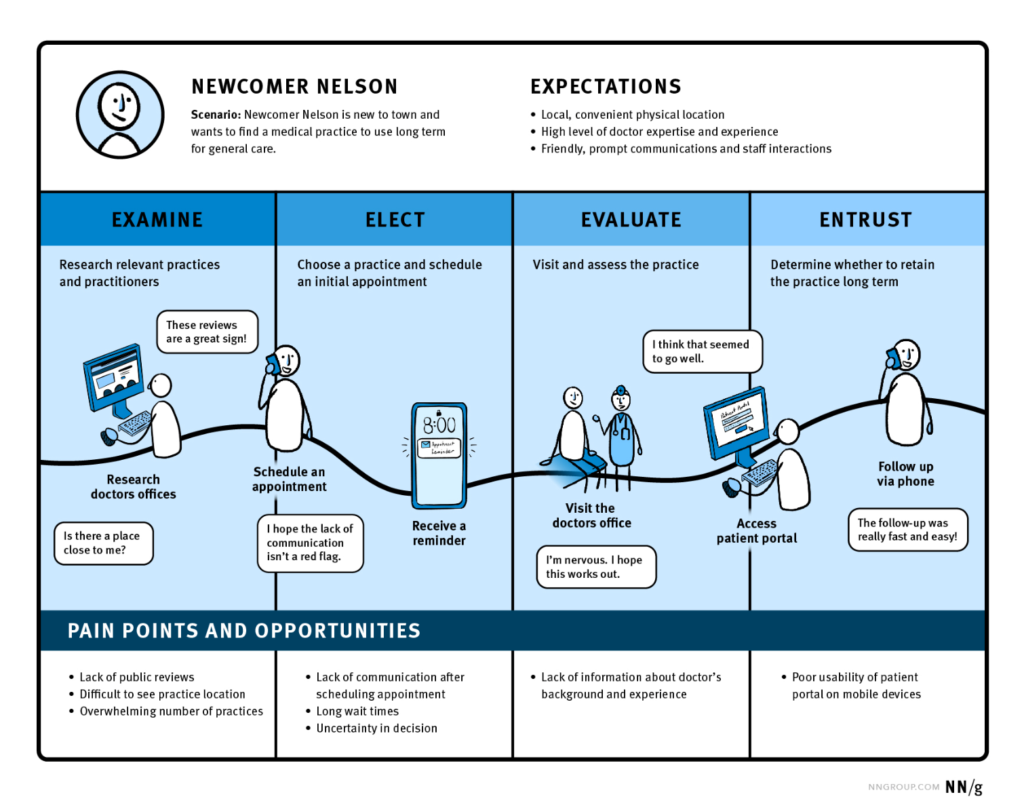
Image from Nielson Norman Group
Your All-in-One AI Conversion Rate Optimization Tool
AI conversion rate optimization tools can transform how you perform marketing if you know how to use their full potential.
Hushly makes AI conversion rate optimization a breeze. You don’t need to know complex coding or have insights into AI to understand how to create automated workflows, gather data, and endlessly customize your users’ experience.
We offer an all-in-one cloud built for anyone ready to see their conversion rate surpass their goals.
Schedule a demo to learn more about our conversion rate optimization tools.
The post Why Your Tech Company Needs AI Conversion Rate Optimization appeared first on Hushly.

